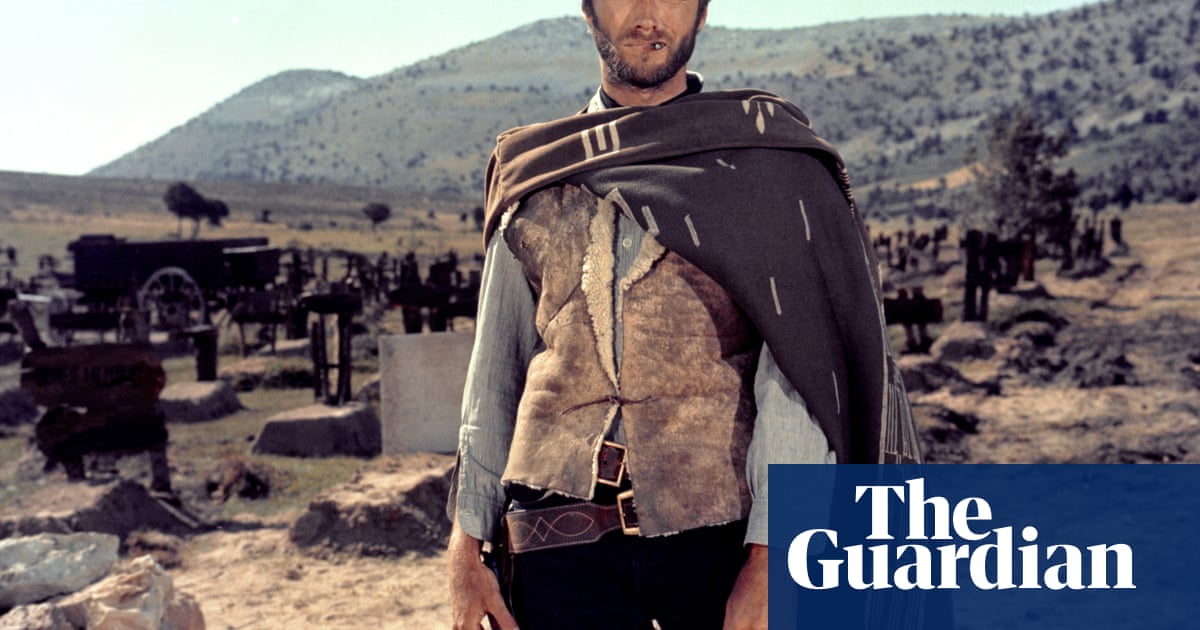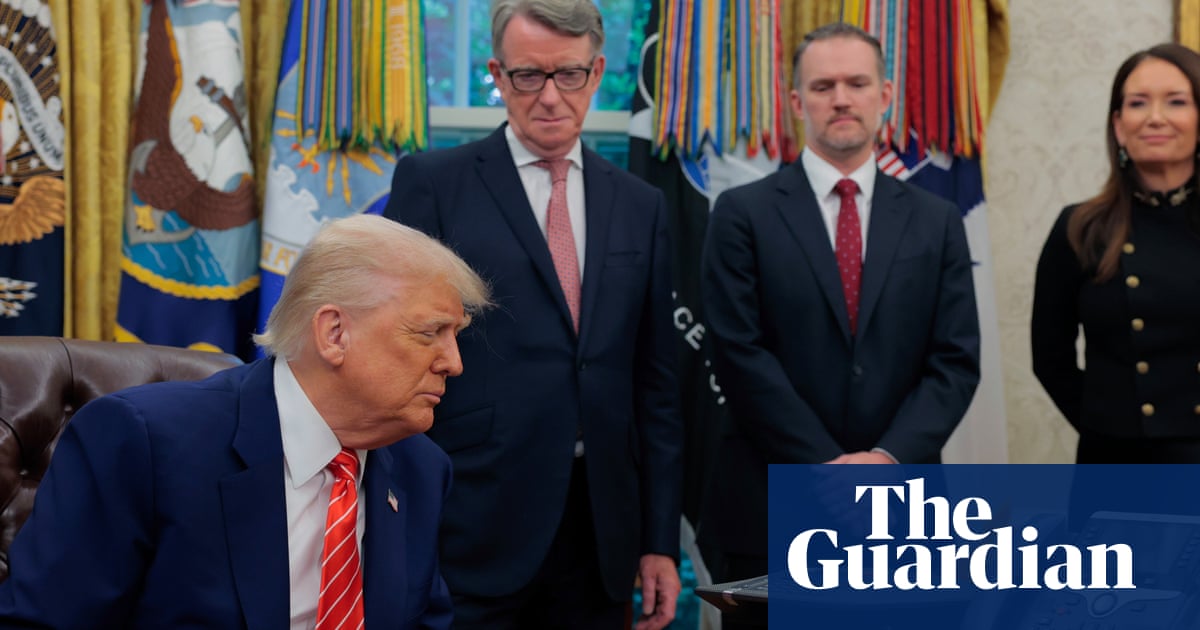When JD Vance and his delegation touch down at Pituffik space base in Greenland on Friday, they will be greeted by the words: “Welcome to the top of the world.” As well as being the US’s most northerly military base – and its only one on the vast Arctic island – it is also among the world’s most isolated places.
For nine months of the year, the base (formerly known as Thule airbase) in north-western Greenland is locked in by ice, although it remains accessible by plane throughout the year. For three months there is no sunlight.
after newsletter promotion
The strategically important site – about 932 miles (1,500km) from Nuuk, Greenland’s capital, 750 miles (1,207km) north of the Arctic Circle, and across Baffin Bay from Nunavut in Canada – plays an essential role in US missile detection.
Home to an upgraded early warning radar weapon system that can detect ballistic missiles, the base also monitors space for debris from decommissioned satellites and is home to the world’s most northerly deep-water port.
The US has had a military presence on Greenland since the second world war, when the island was left undefended during the Nazi occupation of its then colonial ruler, Denmark. The US moved in, setting up airfields, weather stations and defences and watched for German submarines in the North Atlantic.

Ten years later, the arrangement was formalised via a defence treaty with Denmark, which is part of Nato, that allowed the US the right to operate military facilities there. During the cold war, Pituffik again became an important Arctic base for the US.
Greenland is now a semi-autonomous territory – it stopped being a Danish colony in 1953 – but it remains part of the kingdom of Denmark, which continues to control its foreign and security policy.
Approximately 150 US air force and space force personnel are stationed at Pituffik, alongside Danes and Greenlanders. It is also home to arctic fox, arctic hare, musk ox and polar bears.
The US said it renamed the base in 2023 to recognise Greenlandic cultural heritage and its role in the US space force.

.png) 2 months ago
40
2 months ago
40

















































